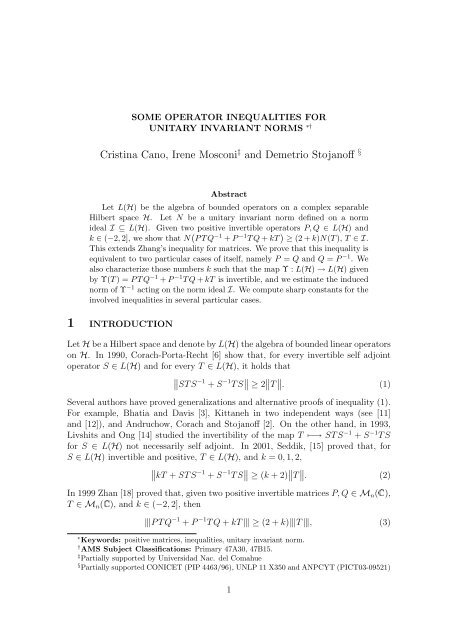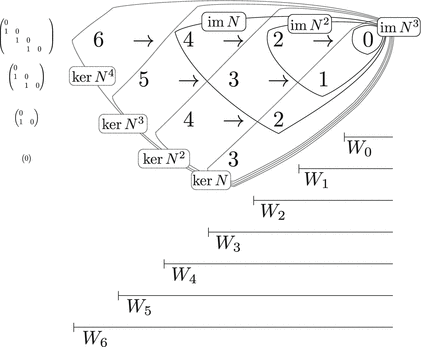The distribution of content is always slowed down by bandwidth limitations. A common solution is chroma subsampling, which is used in multiple forms of content distribution such as Blu-ray discs and streaming services.
What is Chroma Subsampling?

Chroma subsampling is a type of compression that reduces the color information in a signal in favor of luminance data. This reduces bandwidth without significantly affecting picture quality.
4:4:4 chroma is of course the 'best' picture and lower forms of chroma subsampling (4:2:2, 4:2:0) are worse in quality. That said, it's kind of dependent on the person and their viewing environment if they'd ever notice a difference between full 4:4:4, 4:2:2 and 4:2:0. Canon EOS 5d Mark Iii Digital Camera Kit With Canon 24-105mm F/4l Is Usm AF Lens. Includes 0.45x Wide Angle Lens, 2x Telephoto Lens, 3 Piece Filter Kit (uv-cpl-fld), 16gb Memory Card, Tripod & More - 5260b009.
A video signal is split into two different aspects: luminance information and color information. Luminance, or luma for short, defines most of the picture since the contrast is what forms the shapes that you see on the screen. For example, a black and white image will not look less detailed than a color picture. Color information, chrominance or simply chroma is important as well but has less visual impact. What chroma subsampling does is reduce the amount of color information in the signal to allow more luminance data instead. This allows you to maintain picture clarity while effectively reducing the file size up to 50%. In the YUV format, luma is only 1/3rd of the signal, so reducing the amount of chroma data helps a lot. Because of bandwidth limitations from internet speeds and HDMI, this makes for much more efficient use of current systems.

4:4:4 VS 4:2:2 VS 4:2:0
The first number (in this case 4), refers to the size of the sample. The two following numbers both refer to chroma. They are both relative to the first number and define the horizontal and vertical sampling respectively.
A signal with chroma 4:4:4 has no compression (so it is not subsampled) and transports both luminance and color data entirely. In a four by two array of pixels, 4:2:2 has half the chroma of 4:4:4, and 4:2:0 has a quarter of the color information available. The 4:2:2 signal will have half the sampling rate horizontally, but will maintain full sampling vertically. 4:2:0, on the other hand, will only sample colors out of half the pixels on the first row and ignores the second row of the sample completely.
Where is this visible?
Posted February 16, 2014. We've heard some pretty reasonable statements from all over the internet confirming that 4k when downscaled yields in 4:4:4 1080p. And even 8 bit downscaling to 10 bit. The rumor (information) out there now is 4K 4:2:0 8bit equalls 1080p 4:4:4 10bit. So, how true is that? Generally speaking though, if it has HDMI 2.0 yes it should be able to do 4K 60Hz 4:4:4 but it is best to know the details for the TV set you are interested in purchasing. Like others mentioned you need a GPU which can output the proper signal too, so a GPU with at least HDMI 2.0, preferably 2.0b.
| Subsampling | Visual impact | |
| PC | 4:4:4 | Major |
| Movies | 4:2:0 | None |
| Video games | 4:4:4 | Minor |
| Sports | 4:2:0 | None |
| TV Shows | 4:2:0 | None |
Artifacts from chroma subsampling are at their most noticeable with text atop a flat color. The impact is far less visible in videos and photos. This matters when connecting your TV to a computer as you don’t want your text to be blurry to the point of being unreadable.
Chroma 4:4:4
Chroma 4:2:2

Chroma 4:2:0
As you can see, the lack of detail is clearly apparent in the bottom two rows. The text is all muddled together, and a lot of it is completely unreadable. While 4:2:2 fares better than 4:2:0, it still isn’t what most would consider acceptable. While this pattern showcases an extreme case, similar side effects are visible in normal usage as well. It usually makes standard text look fuzzy and reduces its clarity. It’s also important to note that subsampling on a PC requires using the YCbCr/YUV format as RGB does not support it.
In Movies and TV Shows
Now, its importance with smaller text is undeniable, but what about movies? 4:2:0 subsampling has been an industry standard for a long time now, and it isn’t without reason. The benefits of having full color in the video are debatable, especially at 4k. It would be tough to recognize the difference between a full 4:4:4 sequence and the same content in 4:2:0.
4:2:0 is almost lossless visually, which is why it can be found used in Blu-ray discs and a lot of modern video cameras. There is virtually no advantage to using 4:4:4 for consuming video content. If anything, it would raise the costs of distribution by far more than its comparative visual impact. This becomes especially true as we move towards 4k and beyond. The higher the resolution and pixel density of future displays, the less apparent subsampling artifacts become.
In Video Games
While some PC games that have a strong focus on text might suffer from using chroma subsampling, most of them are either designed with it in mind or implement it within the game engine. Most gamers should therefore not worry about it.
4ker 4.4 Amp
Supported TVs
| Product | Year | Type | Resolution | 4k @ 60Hz @ 4:4:4 | 1080p @ 60Hz @ 4:4:4 | Our Reviews | |
| LG C8 | 2018 | 55″ 65″ 77″ | OLED | 4k | Yes | Yes | See Review |
| Sony A1E | 2017 | 55″ 65″ 77″ | OLED | 4k | Yes | Yes | See Review |
| LG E7P | 2017 | 55″ 65″ | OLED | 4k | Yes | Yes | See Review |
| LG C7 | 2017 | 55″ 65″ | OLED | 4k | Yes | Yes | See Review |
| LG B7A | 2017 | 55″ 65″ | OLED | 4k | Yes | Yes | See Review |
| Samsung Q8FN | 2018 | 55″ 65″ 75″ | LED | 4k | Yes | Yes | See Review |
| Sony X900F | 2018 | 49″ 55″ 65″ 75″ 85″ | LED | 4k | Yes | Yes | See Review |
| Sony Z9D | 2017 | 100″ 65″ 75″ | LED | 4k | Yes | Yes | See Review |
| Sony X930E | 2017 | 55″ 65″ | LED | 4k | Yes | Yes | See Review |
| Sony X940E | 2017 | 75″ | LED | 4k | Yes | Yes | See Review |
| Sony X900E | 2017 | 49″ 55″ 65″ 75″ | LED | 4k | Yes | Yes | See Review |
| Vizio P Series 2017 | 2017 | 55″ 65″ 75″ | LED | 4k | Yes | Yes | See Review |
| Samsung Q8C | 2017 | 55″ 65″ 75″ | LED | 4k | Yes | Yes | See Review |
| Samsung MU9000 | 2017 | 55″ 65″ 75″ | LED | 4k | Yes | Yes | See Review |
| Samsung Q9F | 2017 | 65″ 75″ | LED | 4k | Yes | Yes | See Review |
HOW TO TEST FOR CHROMA SUBSAMPLING
Testing for chroma subsampling is very easy. Just open up our test pattern in windows paint using a PC, then observe it and check if any of the lines and text are blurred together.
If none of the text blend together and show artifacting, then the TV and mode you are using does not use chroma compression and is showing chroma 4:4:4.
Getting the best results
Most TVs today allow you to enable chroma 4:4:4. Different brands place these settings in different areas of their menus.
Sony TVs
Go to the settings page from the home view, then external inputs. From within this menu, select “HDMI enhanced format” to enable chroma 4:4:4 support. Then, go to your picture settings and change the picture mode to “graphics”. As you may notice, some Sony TVs only have this feature enabled on select HDMI ports.
Samsung TVs
From the settings page, under picture settings, select expert settings. Scroll down to “HDMI UHD color”. From here you can select which inputs have this feature enabled. You will have to select PC mode for the input as well.
LG TVs
4ker 4.4 Inch
First, go to the TV’s picture settings and select and enable “HDMI ULTRA HD deep color”. Then, press the input button, then select “All inputs”. Pick the input you would like to enable the feature on then edit the icon. Select the PC icon.
Vizio TVs


In the SmartCast app, go to your display settings, then select inputs. From there, you can select HDMI color subsampling and select which input will support it. Please note that if used on ports 1 to 4, this feature will only work if the picture mode is set to “Computer”.
Conclusion
4ker 4.4 Cu.
Color subsampling is a method of compression that greatly reduces file size and bandwidth requirements with practically no quality loss. Unless you are going to use your TV as a primary PC monitor where lots of text is going to be read, there shouldn’t be a need to worry about it. It has no noticeable visual imperfections otherwise and allows you to trade for much better advantages such as 10-bit color depth and HDR. 4:2:0 is essential to modern distribution platforms, and omitting the great bandwidth reduction would have made services such as Netflix and Amazon in 4k far less accessible.